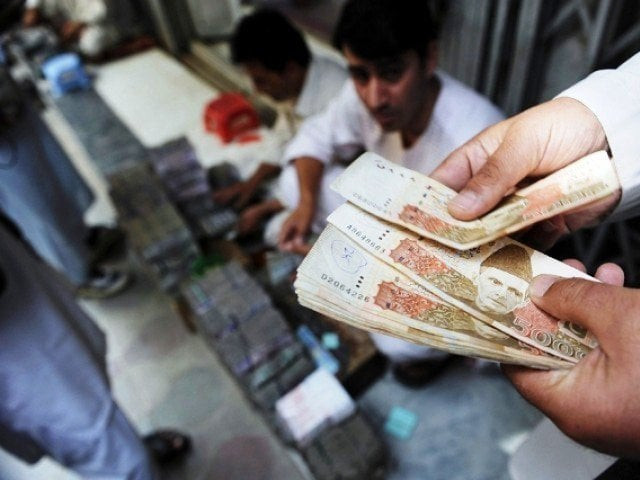Current account deficit may swell past $10.4b
This deficit may be an understatement because the government projected a single-digit growth in imports

This deficit may be an understatement because the government projected a single-digit growth in imports. PHOTO:AFP
The $10.4 billion current account deficit for fiscal year 2017-18 was worked out by the Planning Ministry, which would be part of the Annual Plan 2017-18, to be laid before Parliament next week.
In terms of national economy, the government targeted to keep the current account deficit at 3.3 per cent.
Although the $10.4 billion current account deficit might appear alarmingly high, it may still be understated because the government projected a single-digit growth in imports.
The government set the import target at $50 billion for the next fiscal year, just 9.4 per cent higher than the outgoing year’s revised target of $45.7 billion.
Finance minister reviews budget preparations
Even the figure of $45.7 billion is unrealistic as imports have already touched $43.4 billion in 10 months of the current fiscal. On an average, Pakistan imports goods worth $4.3 billion a month and the import bill is likely to grow to $52 billion by the end of this fiscal year.
Imports might even touch $58 billion in fiscal year 2017-18 – $8 billion higher than the Planning Ministry’s target for next year, sources said.
They said that understating imports for current as well as next fiscal year was a ruse to hide the real gap between external payments and receipts to paint a relatively better picture of national economy.
The government, however, made a realistic projection of exports for next year, targeting it at just $23.1 billion.
The $10.4 current account deficit is $3.2 billion higher than what the IMF had projected in its 12th review of Pakistan’s economy.
IMF’s latest assessment is not available, as it is in the process of finalising the Article IV report.
At $7.1 billion current account deficit projection for 2017-18, the IMF estimated Pakistan’s total external financing requirements at $13.2 billion. This means that because of higher target, external financing requirements would surge past $15 billion mark, representing a very dangerous trend.
Pakistan is required to repay more than $5 billion in external debt next year.
The State Bank of Pakistan’s (SBP) official foreign currency reserves dipped below $16 billion despite booking $3.9 billion that it had mostly borrowed from commercial banks.
OICCI suggests scrapping super tax in budget proposals
Sources confided with The Express Tribune that there was a growing risk that Pakistan might have to knock at IMF’s door again, “sometimes after June 2018”.
They said that SBP’s net reserves of $12 billion, excluding bank borrowings, were just enough to cover import bill of two and a half months and the reserves were expected to decline further.
A wider current account deficit and heavy foreign currency commercial debt redemptions are pressuring the Balance of Payments position of Pakistan, according to a recent report of Standard Chartered Bank. It said that bilateral borrowings from China for BoP support and CPEC-related projects have prevented a steep fall in foreign currency reserves.
The trade imbalance due to CPEC related imports, relatively low Coalition Support Fund disbursements and stagnant foreign remittances are the main reasons behind $10.4 billion current account deficit projections, said Dr Ashfaque Hasan Khan, former advisor to Ministry of Finance.
During the first 10 months of the current fiscal, the current account deficit already touched $7.3 billion or 2.3 per cent of GDP, a whopping 205 per cent higher than the figure for the same period last year.
However, the Planning Ministry pegged the full year’s current account deficit at $8.3 billion, which again appeared to be an understatement.
Officials said there were certain reclassification issues, showing the current account deficit on the higher side. They expressed the hope that the central bank would soon resolve this matter.



















COMMENTS
Comments are moderated and generally will be posted if they are on-topic and not abusive.
For more information, please see our Comments FAQ